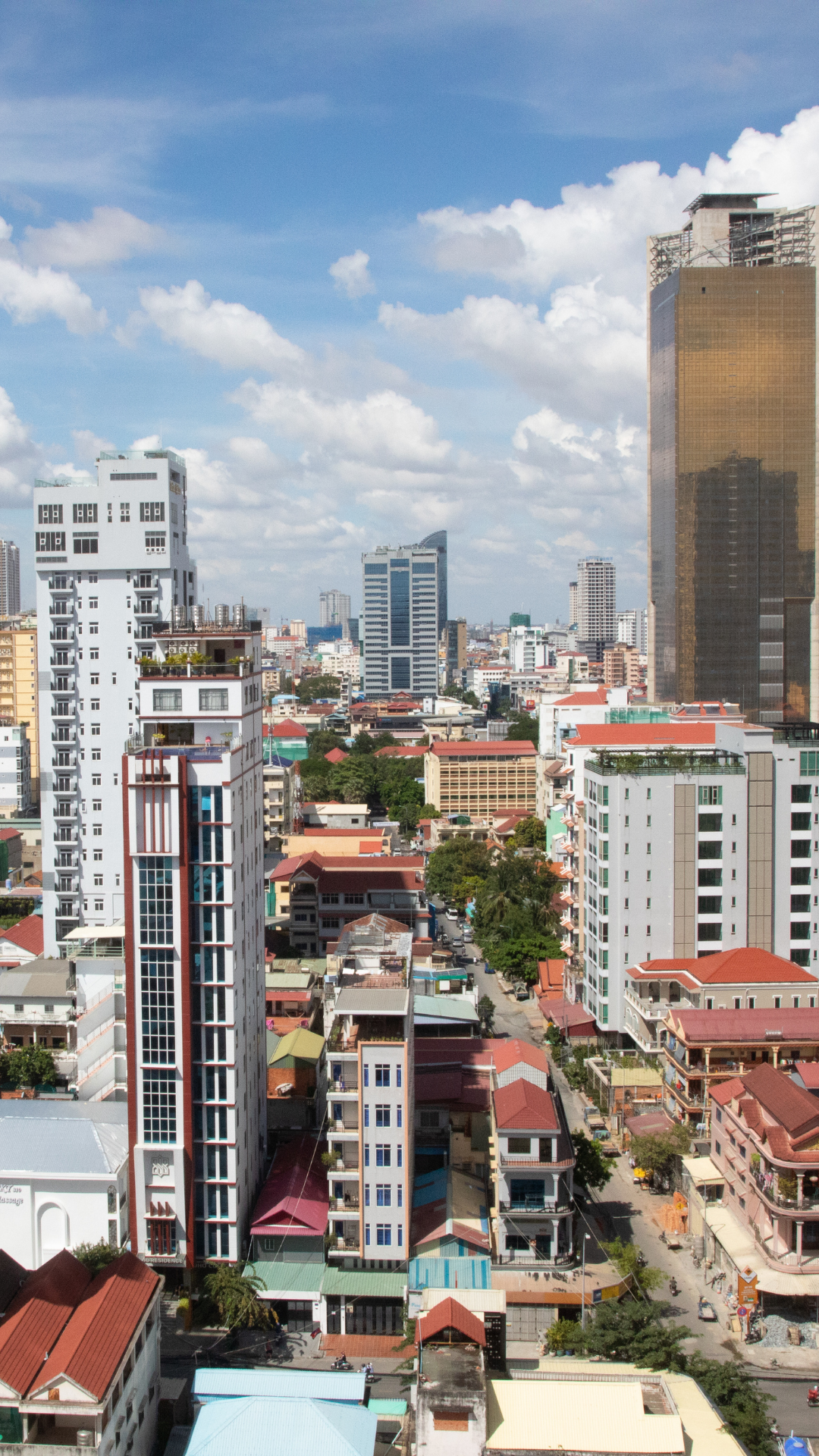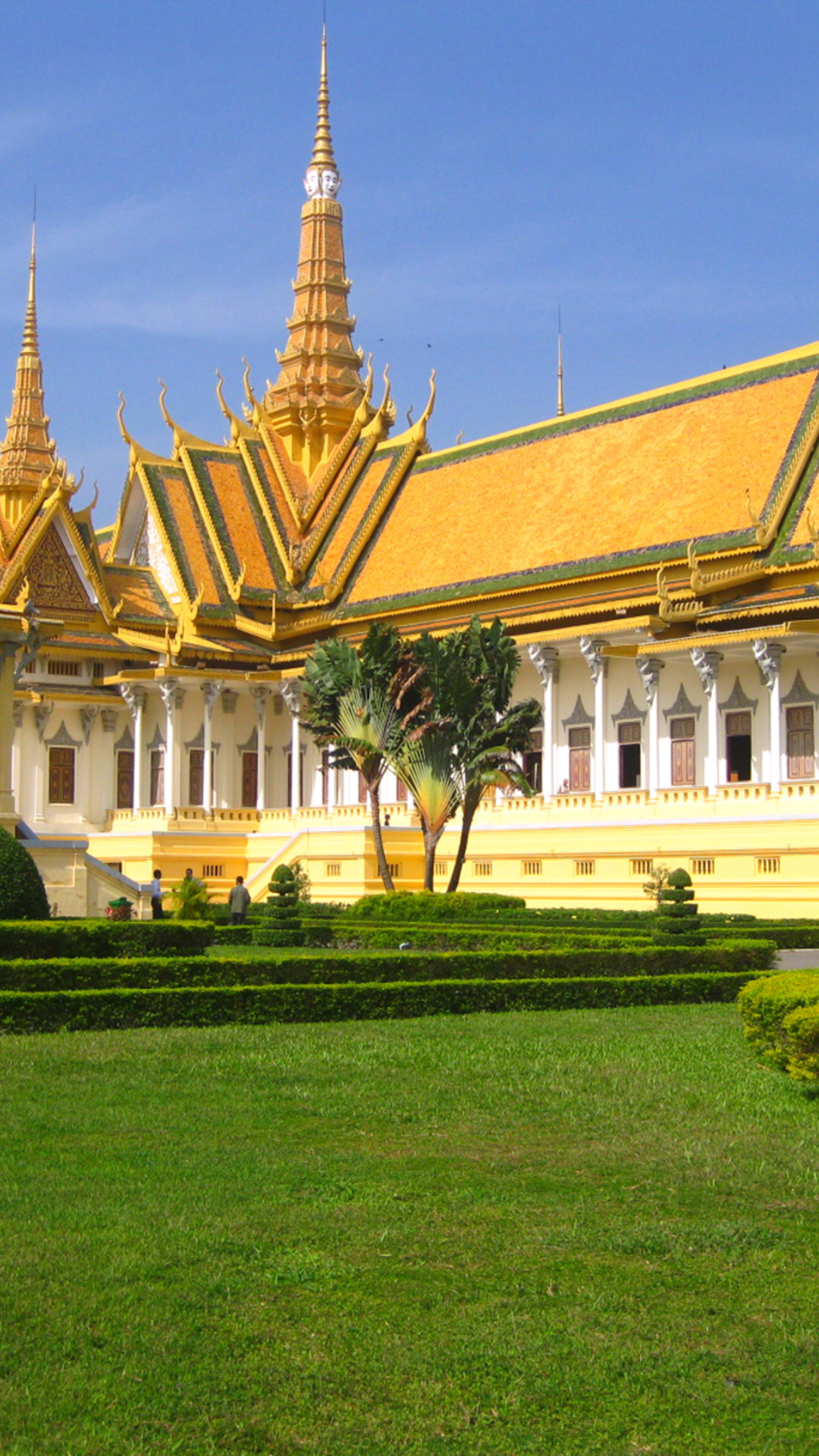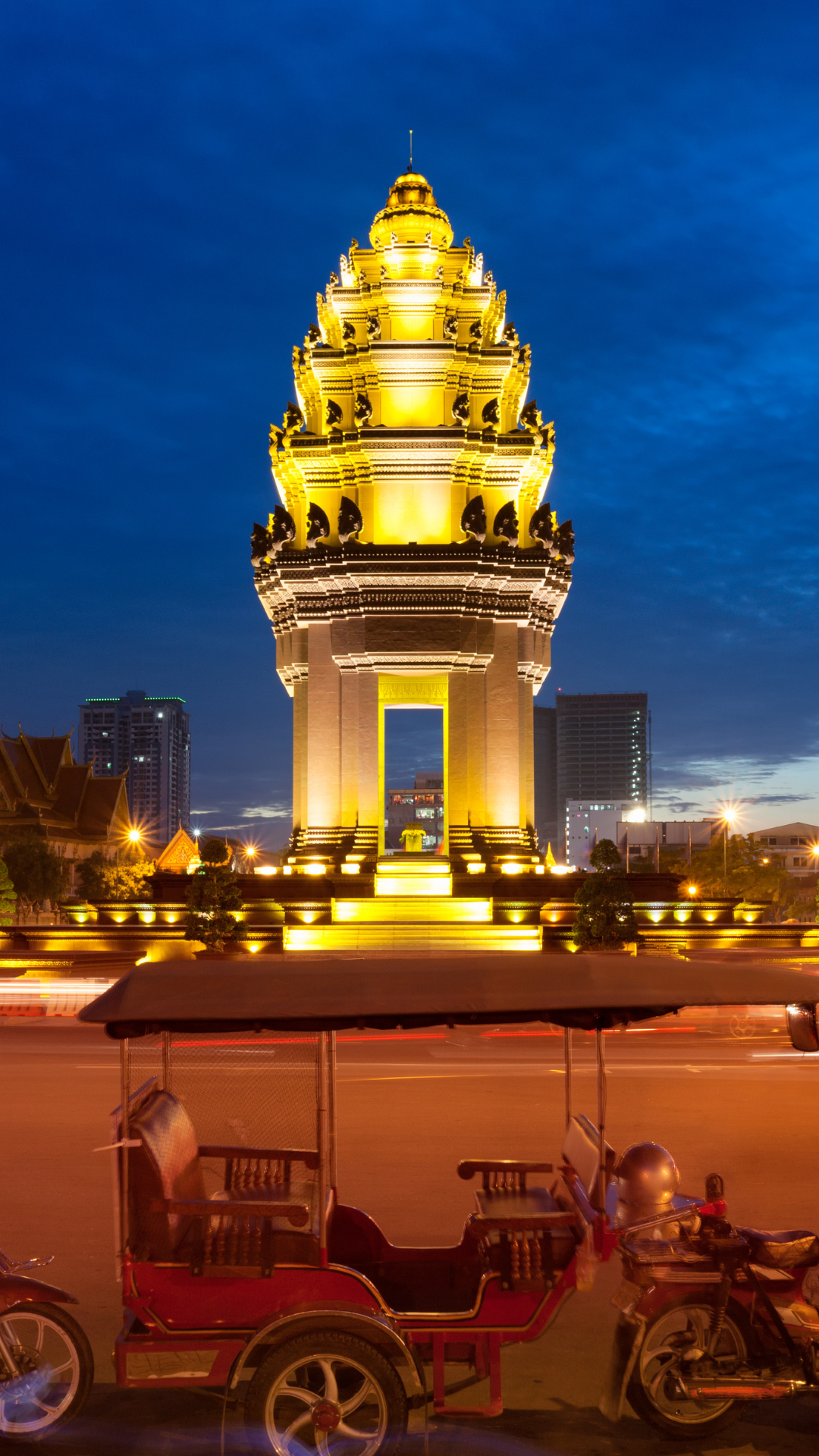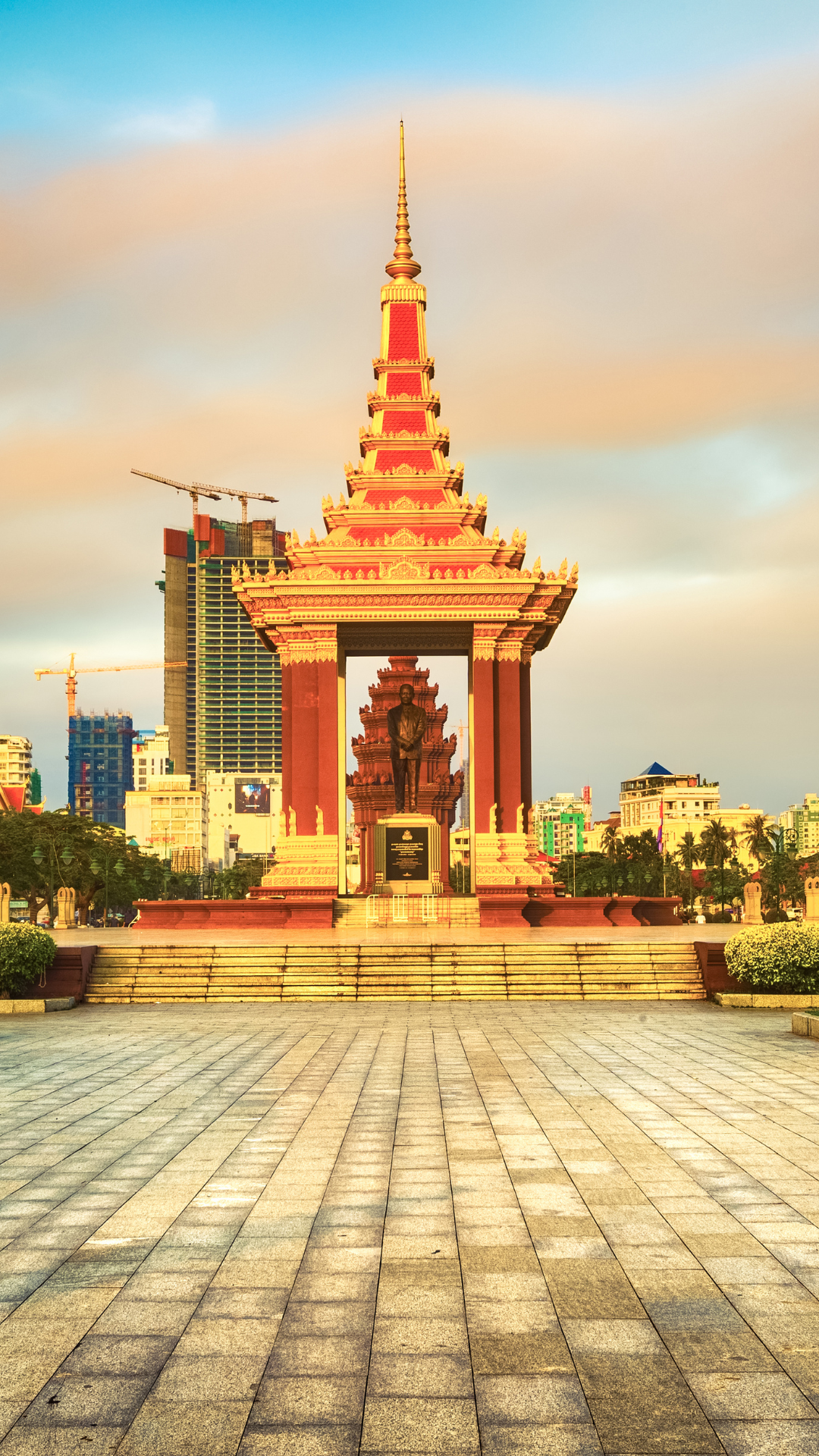Phnom Penh
Phnom Penh
EXPLORE THE INS & OUTS
The capital city of Cambodia is Phnom Penh, which is situated in the south of the nation. Here is some information on Phnom Penh, including its people, population, and food as well as its tourist attractions:
History:
- Early History: Phnom Penh’s history dates back to the 14th century when a small fishing village existed at the site. It was known as “Krong Chaktomuk” (City of Four Faces) due to its location at the confluence of the Mekong, Tonle Sap, and Bassac rivers. The area was part of the Khmer Empire and influenced by Hindu and Buddhist cultures.
- Capital of Cambodia: Phnom Penh became the capital of Cambodia in 1866 during the reign of King Norodom I. The king relocated the capital from Oudong to Phnom Penh, primarily due to its strategic location on the river and its potential for economic growth.
- French Colonial Period: When France took over as Cambodia’s protectorate in the late 19th century, Phnom Penh underwent rapid expansion. The city developed into a center for trade and government after the French brought Western architecture and urban planning.
- Independence and Unrest: After Cambodia earned its independence from France in 1953, Phnom Penh remained the nation’s political and commercial hub. However, in the late 20th century, the city experienced political unrest and instability.
- Khmer Rouge administration: From 1975 to 1979, Pol Pot’s cruel Khmer Rouge administration brutalized Phnom Penh. Residents of the city were relocated to labor camps in the countryside after it was evacuated. Both the infrastructure of the city and the number of fatalities were high.
- Post-Khmer Rouge Period: Phnom Penh started to slowly rebuild after the overthrow of the Khmer Rouge. Population began to slowly repopulate the city, and efforts were made to rebuild its institutions and infrastructure. In recent years, Phnom Penh’s urbanization and economic expansion have both been rapid.










Population:
There were an estimated 2.2 million people living in Phnom Penh. It’s important to remember that population estimates might alter over time, thus the actual population might be larger.
People:
Because Phnom Penh is a multicultural city, many different ethnic groups make up its populace. The majority of people in Cambodia are of Khmer ethnicity, which is the country’s largest ethnic group. However, there are also a sizable number of people from other ethnic groups, such as Chinese, Vietnamese, Cham, and other underrepresented ones. The inhabitants of Phnom Penh are renowned for their friendly disposition and generous hospitality.






Travel Attractions:
- As the King of Cambodia’s formal residence, the Royal Palace and Silver Pagoda is a magnificent ensemble of structures.
- The temple that bears the city’s name, Wat Phnom, is perched on a hill and offers breathtaking views.
- Formerly a high school that the Khmer Rouge regime converted into a jail, the Tuol Sleng Genocide Museum currently operates as a museum that records the horrors committed during that time.
- The memorial site for the Choeung Ek Killing Fields, where thousands of civilians were put to death under the Khmer Rouge dictatorship, is situated outside of the city.
- An extensive collection of Khmer artwork and antiquities may be found at the National Museum of Cambodia.
- There are two bustling marketplaces where you may find local goods like apparel, souvenirs, and crafts: Russian Market and Central Market.
- The Tonle Sap River’s Riverside Promenade is a bustling neighborhood with dining, drinking, and entertainment options.
